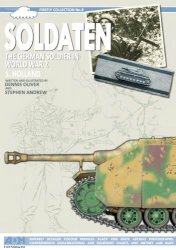Partly because of its size, and also because of its major strategic
and political outcomes, the Battle of Hastings was one of the
most important military engagements of Europe’s medieval period.
h e start of that long, fateful era coincided with the close
of ancient times. Both were marked by one of history’s most
pivotal events—the collapse of the Roman Empire in the i fth
and sixth centuries. Once under way, the medieval age lasted
until the rise of Europe’s larger modern nations in the 1500s
and early 1600s.
h e Battle of Hastings was essentially a i ght between infantry
and cavalry. Harold’s Saxon army was made up mostly
of foot soldiers who stood stoically in their ranks as the enemy
attacked them. h at enemy—Duke William’s Norman army—
was divided into units of both infantry and cavalry. But it was
the latter, the mounted warriors, who repeatedly charged the
ranks of Saxon infantry, eventually overrunning them and winning
the day.
Harold’s reliance on his infantry was neither new nor unusual.
Foot soldiers, including archers, swordsmen, spearmen, and
others, had been the backbone of warfare throughout most of
ancient times, and this remained true in medieval Europe’s early
centuries. William’s ef ective employment of cavalry, however,
was part of a larger rise in the importance of mounted warriors
in the Middle Ages. In the three centuries that followed the confrontation
at Hastings, cavalrymen, often called knights, became
a major force in land warfare in Europe.
Yet infantry units neither disappeared nor lost their own
military clout in those years. As warfare continued to evolve,
generals and other military strategists learned to equip and employ
foot soldiers in new and more ef ective ways. h ese developments challenged
the elite status of cavalry and eventually reinstated the worth,
and in some cases the supremacy, of infantry in the medieval era’s closing
years.




 World History
World History









